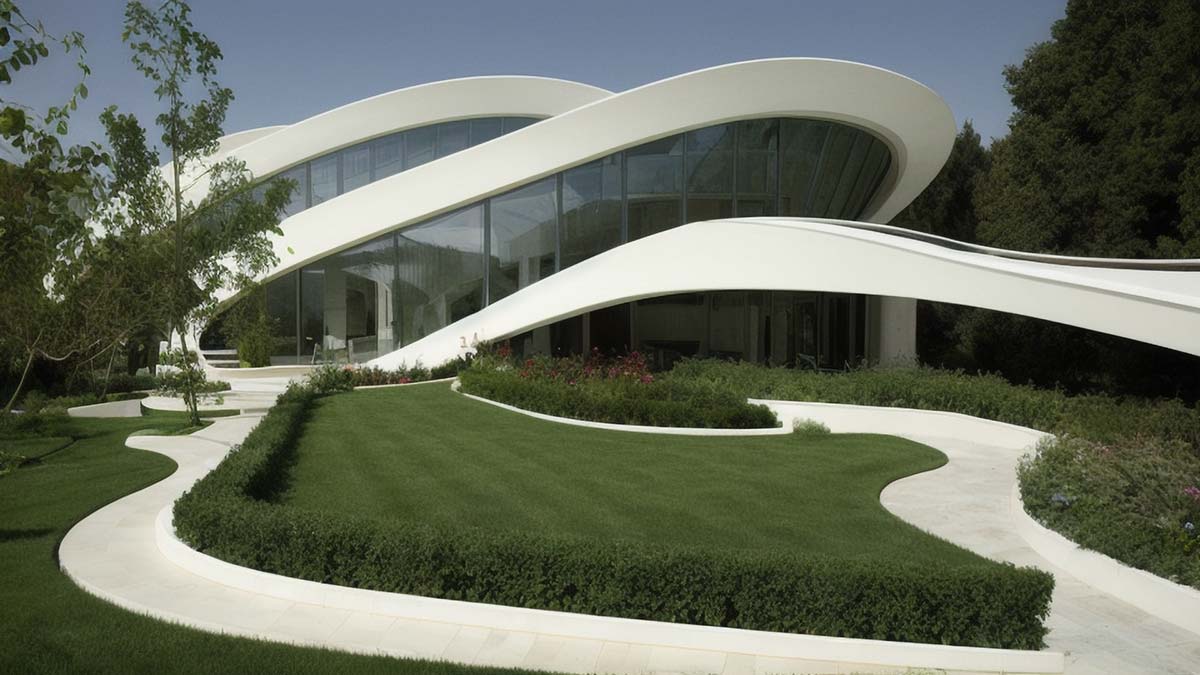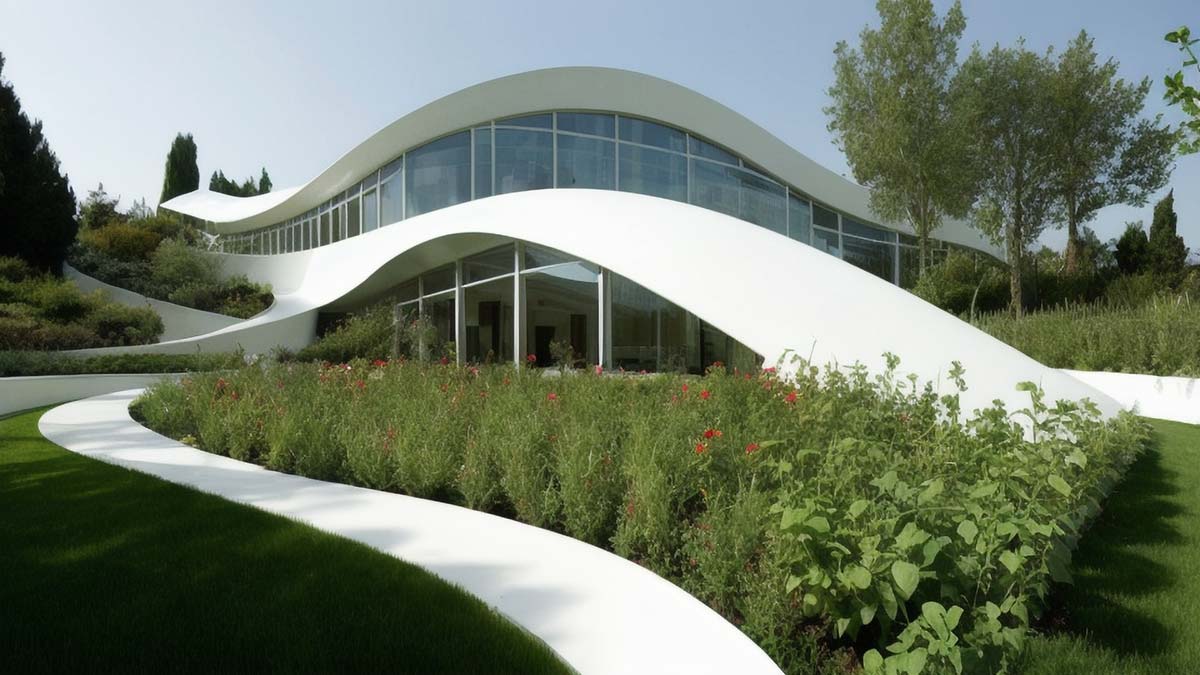Sustainable architecture marks a significant shift towards the design of buildings, whose construction and subsequent operation is compatible with the preservation of the environment. This orientation, which is accentuated by the climate crisis and the passing of time, not only redefines the appearance of buildings, but also practices in the construction industry, all in order to reduce their impact on the planet.
One of the key factors determining sustainable architecture is energy efficiency. Architects adopt design strategies that turn buildings into passive facilities, through the use of natural light and ventilation. This reduces their dependence on polluting energies. On the other hand, the incorporation of green energy sources such as solar, wind, geothermal, etc., contributes to the building’s self-sufficiency and the reduction of greenhouse gas emissions during its life cycle. In its construction, the choice of materials is another fundamental factor of sustainability. In this case, ecology requires a preference for local and/or recycled materials with a low carbon footprint.

© Amusement Logic, S.L.
This approach is part of the “cradle-to-cradle” idea, an expression coined by German ecologist Michael Braungart and American landscape architect William McDonough in 2002. With it they expressed this new way of interpreting environmentalism, in the case of architecture and construction, through the production of buildings with materials that are recycled and reused in a circular way.
Sustainable architecture is therefore an exercise in responsibility that prioritises efficiency and well-being, not only to satisfy our needs, but also to preserve an environment in which future generations can live. For and by a healthier and more equitable planet.
By Jorge Moreno, designer in Amusement Logic’s Design Dept.






